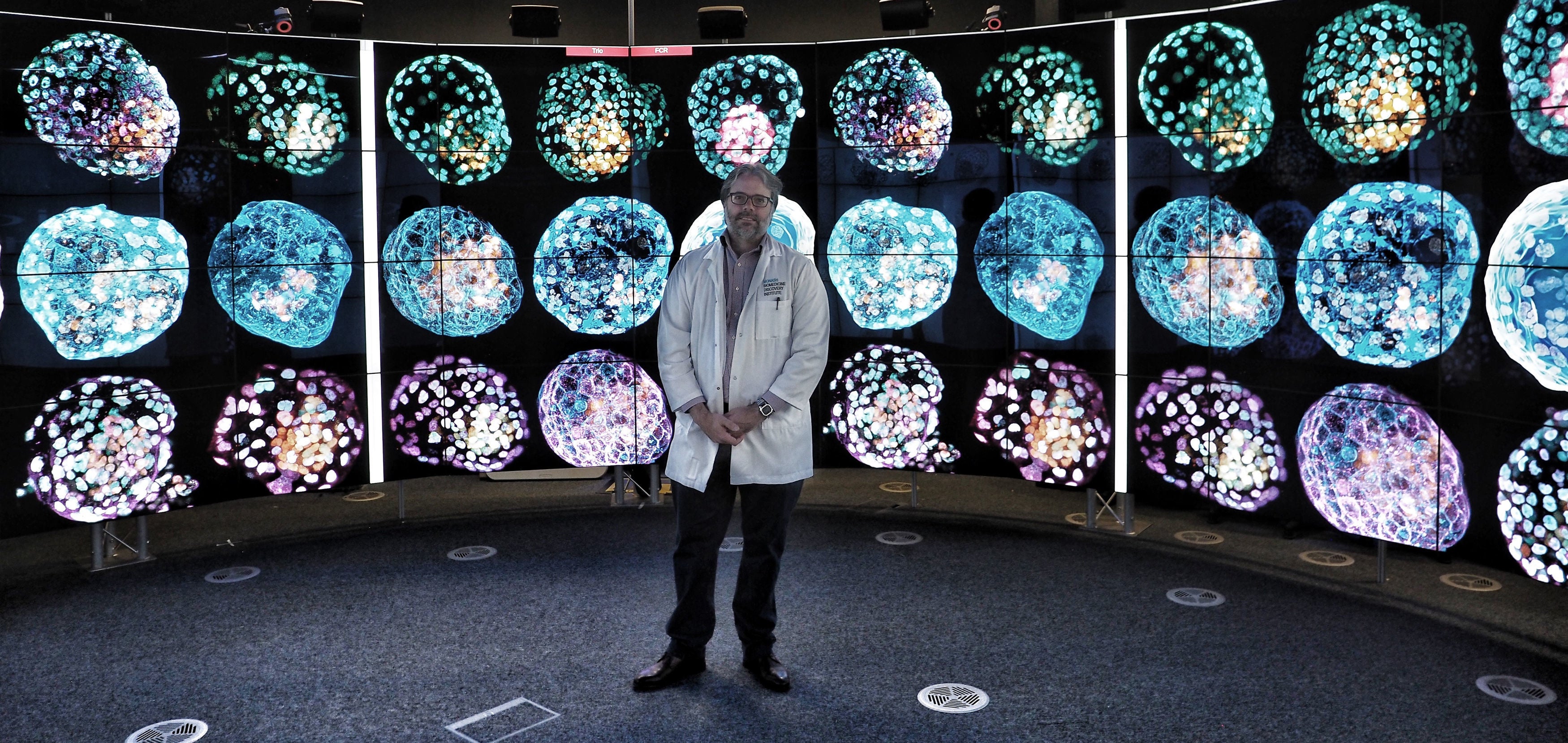Scientists create ‘unprecedented’ model of early human embryo using skin cells
‘Only when all the data came together and pointed to the same place, we could believe that we had made such a discovery’

Your support helps us to tell the story
From reproductive rights to climate change to Big Tech, The Independent is on the ground when the story is developing. Whether it's investigating the financials of Elon Musk's pro-Trump PAC or producing our latest documentary, 'The A Word', which shines a light on the American women fighting for reproductive rights, we know how important it is to parse out the facts from the messaging.
At such a critical moment in US history, we need reporters on the ground. Your donation allows us to keep sending journalists to speak to both sides of the story.
The Independent is trusted by Americans across the entire political spectrum. And unlike many other quality news outlets, we choose not to lock Americans out of our reporting and analysis with paywalls. We believe quality journalism should be available to everyone, paid for by those who can afford it.
Your support makes all the difference.Scientists have managed to create a model of an early human embryo by reprogramming skin cells.
The 3D models, which are similar to human blastocysts (a mass of cells that go on to form an embryo), were named by the researches iBlastoids.
Experts hope iBlastoids can be used to model the biology of early human embryos and revolutionise research into the causes of early miscarriage, infertility and early human development.
To date, the only way to study the first days after an egg has been fertilised has been through the use of difficult to obtain blastocysts, which are obtained from IVF procedures.
Professor Jose Polo from Monash University in Melbourne, Australia, who led the team said: “iBlastoids will allow scientists to study the very early steps in human development and some of the causes of infertility, congenital diseases and the impact of toxins and viruses on early embryos – without the use of human blastocysts and, importantly, at an unprecedented scale, accelerating our understanding and the development of new therapies.”
Read more:
Researchers succeeded in generating the iBlastoids using a technique called “nuclear reprogramming”. This allowed them to change the cellular identity of human skin cells that – when placed in a 3D jelly scaffold known as an extracellular matrix – organised into blastocyst-like structures which gave them their name.
According to the study published in Nature, iBlastoids model the overall genetics and architecture of human blastocysts.
This includes an inner cell mass-like structure made up of epiblast-like cells, surrounded by an outer layer of trophectoderm-like cells and a cavity resembling the blastocoel.
In human embryos, the epiblast goes on to develop into the embryo proper, while the trophectoderm becomes the placenta.
However, Professor Polo said that iBlastoids are not completely identical to a blastocyst.
Lead author Dr Xiaodong (Ethan) Liu, a post-doctoral researcher in the Polo Lab, said: “Only when all the data came together and pointed to the same place, we could believe that we had made such a discovery.”
Co-first author and PhD student in the Polo Lab, Jia Ping Tan, added: “We are really amazed that skin cells can be reprogrammed into these 3D cellular structures resembling the blastocyst.”
Professor Polo and colleagues reprogrammed human fibroblasts – the main cell type found in connective tissue – to produce three-dimensional models of the human blastocyst in the laboratory.
Additional reporting by PA
Join our commenting forum
Join thought-provoking conversations, follow other Independent readers and see their replies
Comments